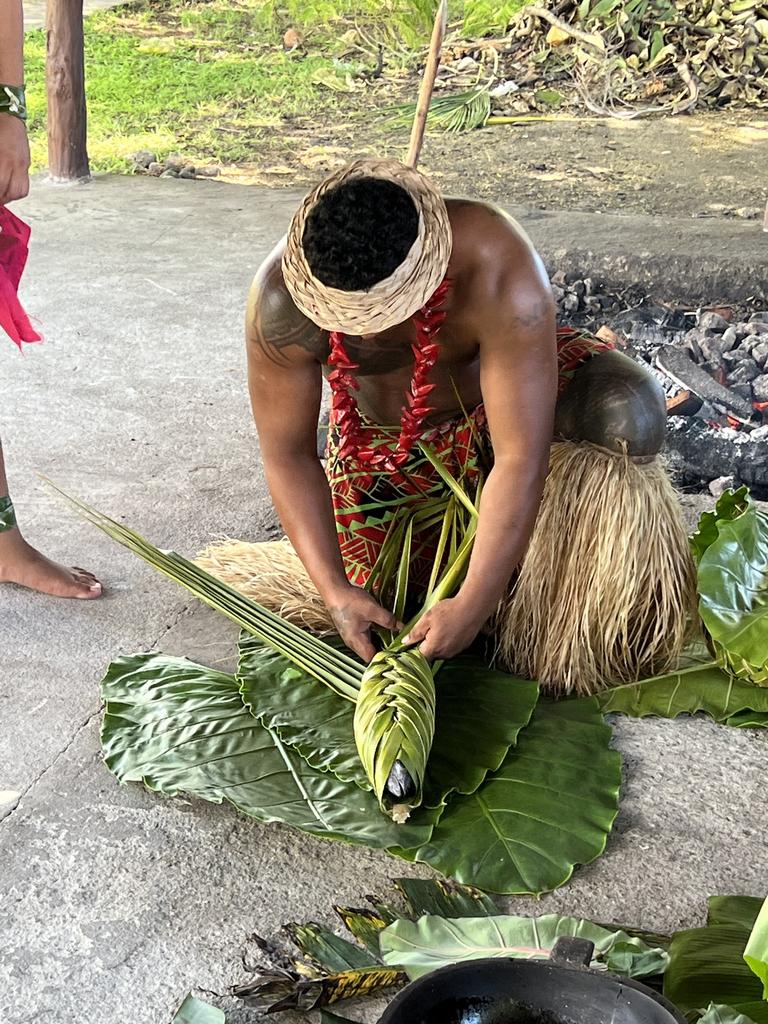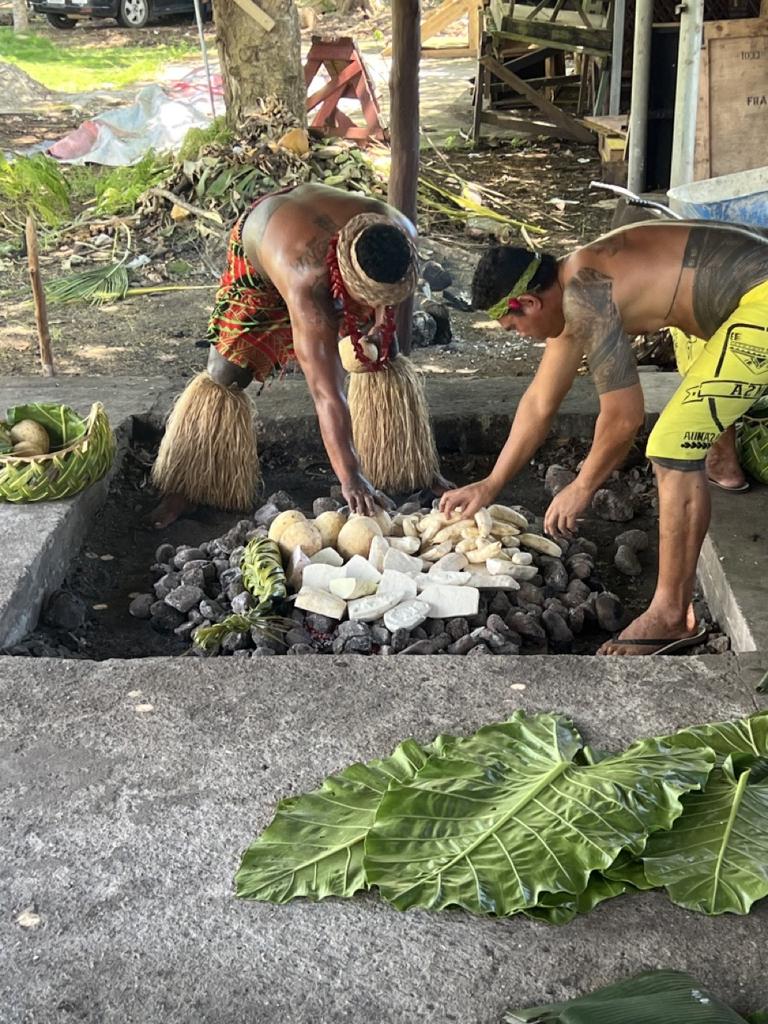Samoa’s rich culture revealed in secrets of traditional tattoos
It’s a cultural act that many are familiar with, but few know understand just how truly excruciating it really is — and not even painkillers are allowed.
When it comes to Samoa, most people think of palm trees, pristine beaches and crystal-clear waters.
While the small island nation in the South Pacific may have all of those things, it is also home to a rich and fascinating culture that is often overlooked.
Nestled between Fiji and Tonga, Samoa is a nation of 200,000 people that is bursting with beauty, history, and tradition and nowhere is this more evident than in the art of the Samoan tribal tattoo.
Samoan tribal tattoos, otherwise known as ‘tatau’, have been an integral part of Samoan culture for more than 3,000 years, and are still considered a rite of passage for young men and women to this day.
The tattoos are created using a tool called a “tattoo comb,” with the metal edge of the comb covered in ink before being driven into the skin using a mallet.
The resulting pattern of lines and dots can be highly symbolic for Samoans, often representing the incredible journeys their ancestors took to discover the islands from Southeast Asia thousands of years ago.

Excruciating pain
The tattoos can cover the entire body, but mostly extend from the waist to the knees for men and from the waist to the thighs for women.
During my recent trip to Samoa, a local named Logo told me that while getting a tatau is one of the most painful experiences a Samoan person will endure, it is also one of the most revealing things about their character.
“When you do your tattoo, it’s not that easy, it’s very painful, 12 sessions maybe more, so imagine that pain that, that shows how hard you will work for your family,” Logo said.
“You’re not allowed painkillers, you must endure the pain [which can last several weeks].
“If you don’t finish it, you let your family down, and you bring shame to your family.
“If you see someone who has an unfinished tattoo, it means that he is not ready, he does not have the resilience to look after his village, his family, his wife and siblings.”

Samoa is run in traditional fashion, similar to how it’s operated for thousands of years, with chiefs running each village and holding tremendous power when it comes to national politics.
Men will only receive leadership positions, such as being named chief of their village, if they have endured the pain of a tatau and successfully completed the full process.
The thinking is that if you are able to endure the pain of the tatau, then you have the resilience and strength of character to look after your village.
On the other hand, women with a completed tattoo – or ‘malu’ – are considered to be making a commitment to traditional Samoan values, and to the care and protection of their family.
“For the women when you get the tattoo it means you become a protector of the family internally – if there is a fight in the family, you have to be in the middle and make a solution so everyone can move on,” Logo said.
Only two families in Samoa are allowed to be tattooists

These families, known as “Tufuga Ta Tatau,” have been practising the art form for generations, and they hold a great deal of respect in Samoan society.
I had the privilege of witnessing the Tufuga Ta Tatau in action during at a cultural show in Samoa’s capital city of Apia.
The show offered a fascinating insight into the local culture with musical performances and fire dancing.
I even had the opportunity to taste traditional Samoan food, such as taro and fish, and witness the ingenious way this food is cooked in an earth oven called an umu.
Beyond the cultural experiences, Samoa is also a country of stunning natural beauty – as I witnessed at every turn of my recent six-day trip to the nation’s two main islands, Upolu and Savai’i.


Must-visit locations
One of the highlights of my trip was visiting the To Sua Ocean Trench, a picturesque natural swimming hole in Upolu surrounded by lush jungle and towering cliffs.
The clear blue waters are perfect for swimming and snorkelling – and a great way to escape the tropical heat with temperatures averaging 30 degrees Celsius during the day.
Another great place to cool down was the Piula Cave Pool, a freshwater pool of crystal-clear water that extends underground into a cave.
And Samoa only got more beautiful after a brief ferry trip to the larger Samoan island of Savai’i.
The Afu Aau Waterfall is a must-visit on Savai’i, with cascading falls and crystal-clear pools perfect for swimming.



Nearby, the Alofaaga Blowholes are a unique sight to behold, with the blowholes making a thunderous sound as they shoot water up to 30 metres into the air.
A visit to this magical site is not complete without throwing a coconut into the hole and seeing if you can get it to soar high into the sky as it rides the force of the water torrent.
Finally the Saleaula Lava Fields off an eerie reminder of the Savai’i’s volcanic past.
Savai’i’s Mt Matavanu erupted in 1905, with the resultant lava flow forces a huge amount of people to flee the island as it wiped out entire villages.


Visitors to the lava fields today are confronted with a stark black landscape, dotted with twisted trees and remnants of buildings buried by lava.
Samoa is also a country filled with warm and fun-loving people, and nowhere is that more evident than in the resorts and hotels around the country.
I was lucky enough to stay at some of the country’s top resorts during my trip, including the Return to Paradise Resort and Taumeasina Island Resort in Upolu and the Amoa Resort in Savai’i.
All three offered incredible service alongside beautiful accommodation just footsteps from the beach.
This writer travelled to Samoa as a guest of Samoa Tourism






